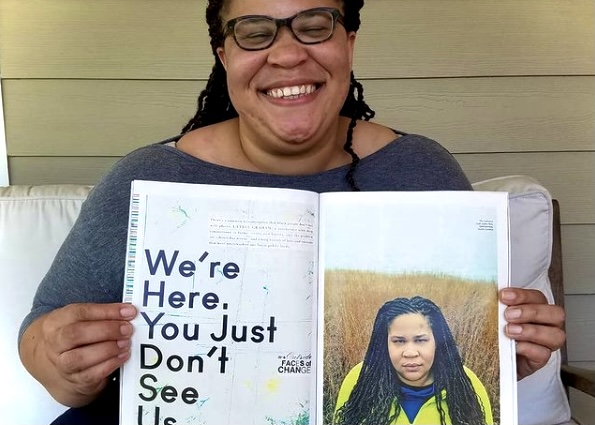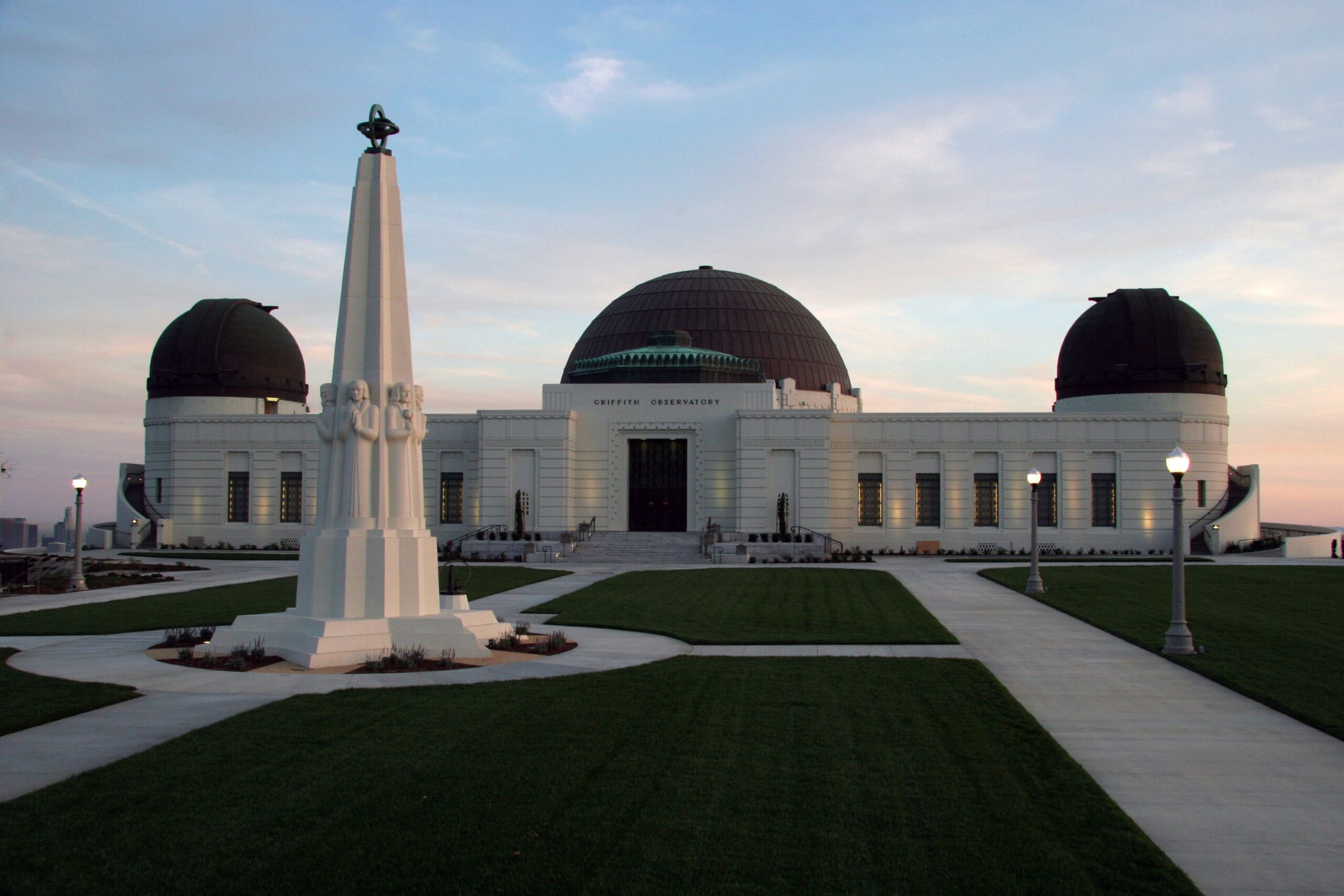“If you cut me, my blood would be the color of the red-clay hills my family has walked and worked for four generations.”
Latria Graham, a Black writer based in South Carolina, recounts her memories of growing up in the rural farmlands of Silverstreet, South Carolina, spending her days connecting with nature and developing a deep love for the outdoors.
So, imagine her confusion when, as a young adult, she was told that black people don’t “do the outdoors.”
In her May 2018 essay, “We’re Here. You Just Don’t See Us,” published in Outside, an online active lifestyle magazine, Graham challenges the stereotype that black people don’t enjoy the outdoors by sharing the story of her relationship with nature, and reminding those who may have forgotten of the significant historical events that explain why this misunderstanding persists.
Graham’s honesty about feeling marginalized, erased, and “ambivalent about where [she] came from” brings a valuable perspective to the table, giving validation to the experiences of people of color who feel underrepresented in the outdoor community.
Right off the bat, Graham hits her readers with some not-so-conclusive data. A comprehensive survey conducted by the National Park Service in 2009 reveals that people of color make up only 7 percent of annual national park visitors, suggesting a lack of interest. But, a 2016 poll by New America Media’s Next 100 Coalition revealed that, among voters of color, 70 percent regularly participated in outdoor activities, and 57 percent had visited U.S. public lands.
Something is not adding up.
“The reasons for this are really more about history than desire,” says Graham.
Challenging the temptation to simply accept these statistics at face value, Graham encourages her readers to instead “Abandon the post-racial, colorblind fantasy they would like to believe in” and open their minds to the more nuanced details behind the data.
Graham lays out some context for us.
In the South, where the population is largely people of color, U.S. national parks are few and far between, with many states not having any, says Graham. She explains, “Certain chapters in our country’s history—including westward expansion, which involved the takeover of Indian land that often became national parks—explain the disparity.”
To inspire compassion in her readers, Graham further explains, “For most people living in [the South], visiting a national park means at least a day’s drive,” pointing out that this is unrealistic, “at a time when most African American survey respondents list time and money as two of the most significant barriers to getting outside.”
Look again at those surveys showing that only 7 percent of national park visitors are people of color. But this time, consider the historical context around how these parks came to be dispersed throughout our country.
With all this in mind, cracks begin to show in the illusion of a post-racial reality, where a family camping trip to your nearest national park is a feasible option for people of color in the same way it is for Caucasians, who make up more than 50 percent of national park visitors.
Sharing about her family’s trip to Everglades national park, where her father worried for his family’s safety, Graham reminds her readers of the lasting impact felt by people of color from a time when “Racist local laws, discriminatory social codes, segregated commercial facilities, and racial profiling by police made it impossible to relax in public spaces.”
Can you really question the feelings of hesitation and unwelcomeness that linger to this day?
Many of us who love the outdoors are able to freely enjoy our nation’s beautiful lands without much of a second thought. But, Graham reminds us of the easily forgotten history surrounding black people’s relationship with public parks and places meant for community leisure, which influenced the misconceptions and stereotypes that still affect them today.
There are countless inspiring nonprofits and organizations out there advocating for people of color who partake in the outdoor lifestyle, such as Outdoor Afro, Color Outside, and Black Outside Inc. Were I to write a piece similar to Graham’s, I would set out to collect as many stories as I could to increase the number of voices speaking about this injustice.
As Graham tells us, letting others know they are not alone is vital to inspiring change, saying, “I continue to penetrate spaces where I’m not expected to be, hoping someone else will see me and know that they can be there, too.”


